Dionysos
View All Tags
One of Dionysos’ primary duties was overseeing the cultivation and production of wine, a cornerstone of ancient Greek culture. He was credited with teaching humanity the art of viticulture, transforming grapes into wine, and demonstrating its use in both celebration and religious rituals. Wine symbolized both joy and potential excess, and Dionysos embodied this paradox. In Greek festivals like the Anthesteria and Dionysia, participants honored him with feasting, drinking, and theatrical performances, reflecting the god’s role in fostering community and artistic expression.
Beyond his association with wine, Dionysos was a god of transformation and liberation. He broke societal norms and boundaries, offering his followers an escape from everyday constraints through ecstatic rituals and dances. Known as maenads or bacchants, his devoted followers would enter states of frenzy and divine possession, experiencing a connection to the divine that transcended ordinary life. This liberation extended to his role as a protector of those marginalized by society, including women, foreigners, and outcasts, whom he welcomed into his cult with open arms.
Dionysos also presided over the theater, particularly tragedy and comedy, where human experiences of joy, suffering, and transformation were explored. The great dramatic festivals, such as the City Dionysia in Athens, were held in his honor, emphasizing the cathartic power of storytelling and performance. Through the theater, Dionysos fulfilled a spiritual duty, allowing audiences to confront their emotions and the complexities of life in a controlled, communal setting.
Lastly, Dionysos was associated with death and rebirth, reflecting his connection to the cycles of nature and the human soul. In some myths, he descended into the Underworld to rescue his mother, Semele, showcasing his role as a mediator between life and death.
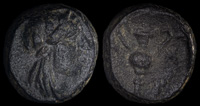
Andros, Cyclades 3rd-2nd century BCE

Athens, Attica 39-37 BCE
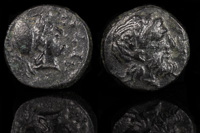
Autokane, Aeolis 400-300 BCE

Dionysopolis, Moesia 4th century BCE
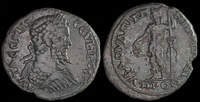
Dionysos Comarmond 193-211 CE
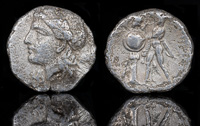
Dyonysios Herakleia Pontika 337-305 BCE

Eurymenai, Thessaly 352-344 BCE
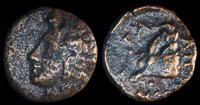
Galepsos, Macedon 400-380 BCE
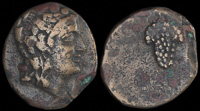
Ikaria, Ionia 4th century BCE
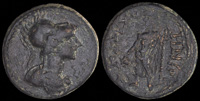
Kadoi, Phrygia 1st century BCE

Kanites 100 BCE
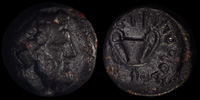
Ketriporis 356-352/1 BCE
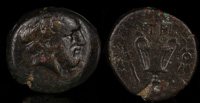
Ketriporis, Thrace 356-351 BCE

Koinon of Macedon 238-244 CE
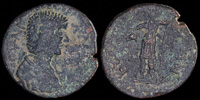
Kyparissia, Messenia 193-217 CE
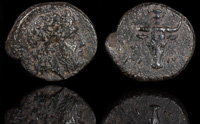
Lamponeia, Troas 4th cent BCE
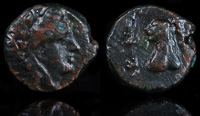
Leon of Paeonia 278-250 BCE
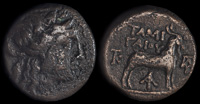
Macedon under Gaius Pubilius 168-167 BCE
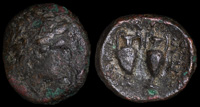
Mende, Macedon 400-350 BCE
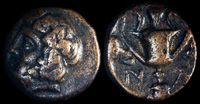
Naxos, Cyclades 4th century BCE
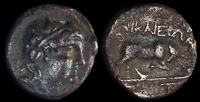
Nikaia, Bithynia 300-100 BCE

Odrysian Uncertain King ‘MN’ 405-340 BCE

Ophrynion, Troas 350-300 BCE
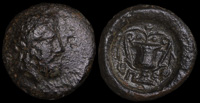
Peparethos, Thessaly 4th-3rd cent BCE
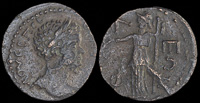
Phigalia, Arkadia 193-211 CE
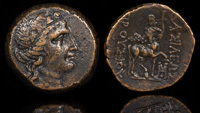
Prusias II 180-150 BCE
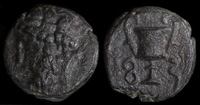
Sardis, Lydia 350-300 BCE
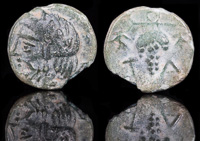
Temnos, Aeolis 3rd century BCE

Thessalonika, Macedon 187-167 BCE
